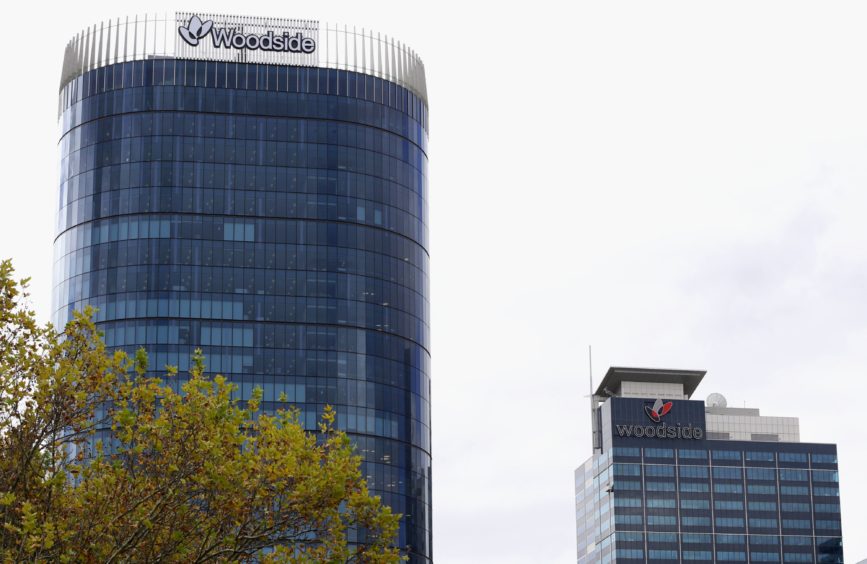
Despite offshore exploration spending hitting a new low, drilling activities are expected to ramp up, with BP’s exciting Ironbark-1 well targeting a potentially giant gas deposit off Western Australia and Santos probing an exciting shale formation in Northern Australia
Australian offshore exploration spending hit a new low of A$64.8 million (US$48 million) in Q3 2020, the lowest quarterly investment in real terms in 44 years, data from the Australian Bureau of Statistics (ABS) showed.
The historic low would not have been possible without the 2018 decision by Australia’s biggest oil and gas company, Woodside Petroleum, to all but give up on exploration and the idea of organic reserves replacement, Australian research and consultancy firm EnergyQuest said in its latest report.
“Woodside’s pursuit of hydrogen, carbon and technology is not in question, but what appears to be a decision to sacrifice exploration for other businesses has serious implications for Australia’s stock of offshore oil and gas reserves,” warned EnergyQuest.
On 11 November 2020, during Woodside’s investor day, executive vice president sustainability, Shaun Gregory, underscored the structural transformation, when he said that the company has shifted its “spend from exploration to hydrogen, carbon and technology activities”.
“This is a big call. What has fundamentally been an oil and gas company turning its back on exploration…the 2020 exploration budget of US$75 million is hopelessly inadequate in terms of giving Woodside a shot at organic reserves replacement, let alone growth via the drill bit,” reported EnergyQuest.
“Woodside spends less on exploration than Beach Energy, despite being five or six times larger and can ill-afford to sacrifice its exploration budget for other new business. The 2020 budget was halved earlier this year following the sharp drop in oil prices, but the original 2020 budget was already a fraction of the historical average of US$450 million to US$500 million,” added the consultancy.
The ABS tracks exploration spending back to 1974 in historic dollar terms. When the numbers are converted to 2019 dollars, the Q3 2020 offshore exploration spend was the lowest since Q3 1976 (A$9.4 million in 1976 dollars, A$59.9 million in 2019 dollars).
Deferrals of at least three exploration wells, including Woodside’s Gemtree-A and SapuraOMV’s Kanga-1 and Eagle-1, contributed to the historic low in offshore exploration spending.
Meanwhile, onshore exploration spending held up well and overtook offshore exploration in Q2 and Q3 2020 for the first time in 32 years. Onshore exploration spending climbed in Q3 2020 to A$155.4 million, up from A$146.8 million in Q2 2020 and even the pre-pandemic Q3 2019 of A$152.3 million.
EnergyQuest data recorded 21 exploration and appraisal wells, all onshore, in Q3 2020. This was only slightly down on 23 wells, also all onshore, in Q2 2020, but less than half the 53 wells drilled in Q3 2019. The fall in exploration wells drilled reflects the dramatic drop in global oil and gas prices in the wake of the COVID-19 pandemic that destroyed demand, prompting Australian upstream players to defer spending.
The ABS has said the pandemic had significantly affected its ability to accurately estimate trends in the industry and that it would refrain from publishing underlying trend data behind the spending totals until more certainty emerged.
But EnergyQuest believes the numbers can be explained by a shift to costly horizontal wells in the Cooper basin and big-budget vertical wells in the Perth basin, as well as the Beetaloo sub-basin in the Northern Territory.
Analysts at Citibank are closely watching Santos’ exploration and appraisal activities targeting shale formations in the Beetaloo sub-basin, which they believe could be comparable to the prolific Marcellus shale in the U.S.
Significantly, the economic potential of the shale formations is expected to be better known next year after the drilling and stimulation of two horizontal wells, Tanumbirini 2H and Inacumba 1/1H.
Positively, offshore exploration spending will increase during Q4 2020 and into 2021. BP’s Ironbark-1, off Western Australia, spudded after the end of Q3, while Beach Energy will spud Artisan-1 in Q1 2021 and Santos has brought forward into 2021 at least two exploration wells at its $2 billion Dorado development.
Ironbark-1, in permit WA-359-P in the Carnarvon basin and about 50 kms from the existing North West Shelf LNG complex, is expected to hit its target depth of 5,668 metres in second half January. If the probe confirms the 15 trillion cubic feet gas target it would be big news for BP and transformational for the other partners, which include Cue Energy, Beach Energy and New Zealand Oil and Gas.
Australia’s exploration spending inched higher in the 2019-20 fiscal year ending 30 June to A$1.26 billion from A$1.25 billion in 2018-19 due to higher onshore exploration spending in Queensland, home to large coal-bed methane reserves that feed three LNG export plants. This offset a sharp fall in spending offshore Western Australia.
Onshore spending jumped to a five-year high of A$665.8 million in 2019-20 from A$437.6 million in 2018-19, ABS data showed. There has been a rise in onshore exploration in the Perth basin of Western Australia and in the Northern Territory.